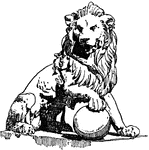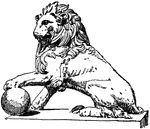Clipart tagged: ‘madrid’

Porcelain Marks
"Porcelain is a fictile material intermediate between glass and pottery, being formed of two substances,…

Porcelain Marks
"Porcelain is a fictile material intermediate between glass and pottery, being formed of two substances,…

Porcelain Marks
"Porcelain is a fictile material intermediate between glass and pottery, being formed of two substances,…

Porcelain Marks
"Porcelain is a fictile material intermediate between glass and pottery, being formed of two substances,…
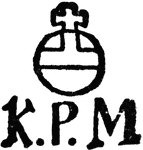
Porcelain Marks
"Porcelain is a fictile material intermediate between glass and pottery, being formed of two substances,…
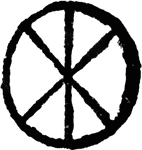
Porcelain Marks
"Porcelain is a fictile material intermediate between glass and pottery, being formed of two substances,…
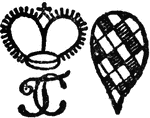
Porcelain Marks
"Porcelain is a fictile material intermediate between glass and pottery, being formed of two substances,…

Porcelain Marks
"Porcelain is a fictile material intermediate between glass and pottery, being formed of two substances,…
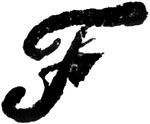
Porcelain Marks
"Porcelain is a fictile material intermediate between glass and pottery, being formed of two substances,…

Porcelain Marks
"Porcelain is a fictile material intermediate between glass and pottery, being formed of two substances,…
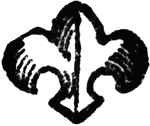
Porcelain Marks
"Porcelain is a fictile material intermediate between glass and pottery, being formed of two substances,…
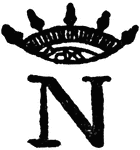
Porcelain Marks
"Porcelain is a fictile material intermediate between glass and pottery, being formed of two substances,…
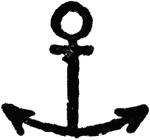
Porcelain Marks
"Porcelain is a fictile material intermediate between glass and pottery, being formed of two substances,…

Porcelain Marks
"Porcelain is a fictile material intermediate between glass and pottery, being formed of two substances,…
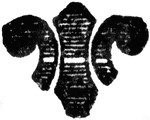
Porcelain Marks
"Porcelain is a fictile material intermediate between glass and pottery, being formed of two substances,…
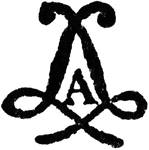
Porcelain Marks
"Porcelain is a fictile material intermediate between glass and pottery, being formed of two substances,…
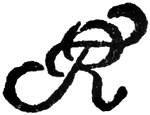
Porcelain Marks
"Porcelain is a fictile material intermediate between glass and pottery, being formed of two substances,…
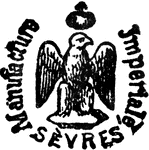
Porcelain Marks
"Porcelain is a fictile material intermediate between glass and pottery, being formed of two substances,…

Porcelain Marks
"Porcelain is a fictile material intermediate between glass and pottery, being formed of two substances,…

Porcelain Marks
"Porcelain is a fictile material intermediate between glass and pottery, being formed of two substances,…

Royal Palace, Madrid
The Royal Palace of Madrid is the official residence of the King of Spain, located in Madrid. King Juan…

